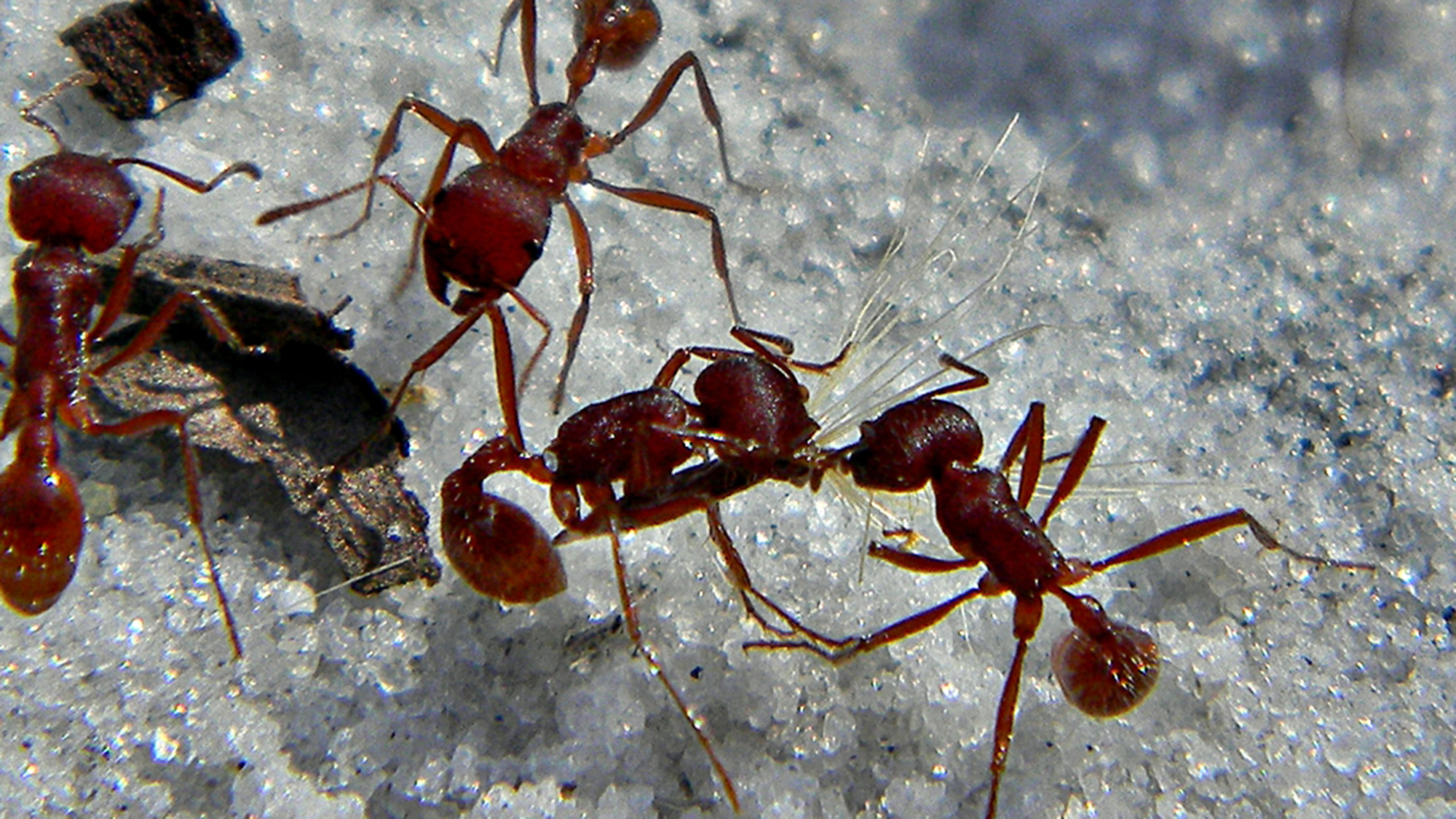The findings were recently published in Science Advances

Dr. Elvisha Dhamala, professor in the Institute of Behavioral Sciences at the Feinstein Institutes for Medical Research, led the study. (Photo: Business Wire)

July 12, 2024
MANHASSET, N.Y.--(BUSINESS WIRE)--Discussion about gender identity has become a mainstream topic, with questions surrounding how the brain is wired and how behavior is influenced by someone’s sex or gender. New research from The Feinstein Institutes for Medical Research published today in Science Advances shows neurobiological underpinnings of sex and gender in children to better understand how sex (assigned at birth) and gender (identity and expression) influence the brain, and ultimately a person’s health.
“Dr. Dhamala’s findings are a step towards understanding the brain’s inner connections and impact on one’s overall health.”Post this
Led by Elvisha Dhamala, PhD, assistant professor in the Institute of Behavioral Sciences at the Feinstein Institutes, and in collaboration with Dani Bassett, PhD, professor at the University of Pennsylvania, Thomas Yeo, PhD, associate professor at the National University of Singapore, and Avram Holmes, PhD, associate professor of psychiatry at Rutgers University, the study analyzed data from nearly 4,800 children from the Adolescent Brain Cognitive Development (ABCD) Study – the largest long-term study of brain development and child health in the United States. The study finds that sex and gender have unique and overlapping associations with brain functional connections. Specifically, sex is primarily linked to connectivity within motor, visual, control and limbic networks, while gender-related networks are more widely distributed throughout the brain. These sex and gender differences in brain connectivity might contribute to differences in brain-related illnesses.
“Sex and gender have traditionally been conflated in research when they should have been studied separately,” said Dr. Dhamala. “This research sheds light on the complex and nuanced ways in which biological and environmental factors influence brain organization and shows the need to consider a person’s sex and gender to fully understand health and disease across the human lifespan.”
Over the last 20 years, scientists have studied how sex and neurobiology interact with behavior. Many of these studies have had differing results and have been hard to reproduce, suggesting there might be misunderstandings or biases in this research area. The focus on assigned sex, without consideration for gender, in the past, may have further limited the research.
Using machine learning to predict sex and gender based on brain connectivity, Dr. Dhamala determined that the two are linked to different parts of the brain. This underscores that sex and gender are distinct from one another. Previous research in the biomedical sciences has primarily focused on sex, but these findings highlight the importance of accounting for gender as well.
Prior studies have found that people assigned female at birth are more likely to experience mood and anxiety disorders while people assigned male at birth are more likely to be diagnosed with substance use or attention deficit disorders. The present study shows that while sex is linked to specific brain networks, gender’s influence spreads more widely across the brain. Many of the brain networks shown to be related to sex and gender in this study are implicated in brain disorders. These findings that sex and gender have unique effects on brain connectivity might explain sex and gender differences in brain-related illnesses.
“Understanding how sex and gender affect the brain can help develop better therapies to treat mental health and other conditions,” said Anil K. Malhotra, MD, co-director of the Institute of Behavioral Science at the Feinstein Institutes. “Dr. Dhamala’s findings are a step towards understanding the brain’s inner connections and impact on one’s overall health.”
About the Feinstein Institutes
The Feinstein Institutes for Medical Research is the home of the research institutes of Northwell Health, the largest health care provider and private employer in New York State. Encompassing 50 research labs, 3,000 clinical research studies and 5,000 researchers and staff, the Feinstein Institutes raises the standard of medical innovation through its five institutes of behavioral science, bioelectronic medicine, cancer, health system science, and molecular medicine. We make breakthroughs in genetics, oncology, brain research, mental health, autoimmunity, and are the global scientific leader in bioelectronic medicine – a new field of science that has the potential to revolutionize medicine. For more information about how we produce knowledge to cure disease, visit http://feinstein.northwell.edu and follow us on LinkedIn.
expert reaction to study looking at sex, gender, and brain network patterns using brain imaging in children
A study published in Science Advances looks at the association of brain network patterns with children’s birth sex and self/parent-reported gender.
Dr Anne-Lise Goddings, Clinical Academic Consultant in Paediatrics and Adolescent Health at London North West University Healthcare NHS Trust; and Honorary Senior Clinical Lecturer at Imperial College London with a research background in adolescent cognitive neuroscience and neuroimaging, said:
“This study reports relatively weak brain functional connectivity associations with parent-reported ‘gender’ over and above sex assigned at birth. It’s crucial when interpreting this study to contextualise that this ‘gender’ measure focuses mainly on how much parents report their children engaged in stereotypical ‘gendered’ play. Parents answered questions including about how much their child plays with “girl-type dolls such as ‘Barbie’”, “boy-type dolls such as ‘GI-Joe’”, “how much they play sports with girls (but not boys)” and “with boys (but not girls)”, and how much they “imitate male and female TV and movie characters”.
“This measure of gender doesn’t capture the broader concept of gender identity which incorporates an individual’s own feelings and perceptions of their identity.
“In the absence of clear hypotheses or accounting for confounders, the findings of the study are of limited impact and should be interpreted with caution. Later Adolescent Brain Cognitive Development project (ABCD) study waves and other cohort studies may help to improve understanding of this complex topic.”
Prof Derek Hill, Professor of Digital Health, and of Medical Imaging Science, UCL, said:
“This paper seeks to use a special type of brain scan to better understand the brain biology behind sex and gender in children. This type of MRI brain scan is often used in research studies, and can be analysed with sophisticated algorithms to produce maps of functional connectivity: how different parts of the brain are connected together.
“The paper uses a type of artificial intelligence called machine learning to build a computer model that can predict a child’s sex at birth or self-reported and parent reported gender from their brain scan. In this way they can determine which type of functional connectivity are associated with sex and gender.
“To test and train this model, they used brain scans from nearly 5000 children aged 9-10 years, for whom the sex assigned at birth and their self-reported and parent-reported gender identity was known.
“This is a relatively large imaging study, using carefully collected data from nearly 5000 children, and state-of-the art brain image analysis. However, the results must be viewed with caution because:
- artificial intelligence algorithms are very data hungry, and the number of children in some of the sex / gender categories in this dataset is small, meaning reliability of the model may be limited.
- the authors use a method called “cross validation” to train and test their Artificial Intelligence model on this single dataset, which often gives an exaggerated impression of how well the model works. Very often, Artificial Intelligence models trained and tested in this way suffer from “over-fitting”, which means they appear to perform better on the training data than when applied to other people in a real-world setting. A more rigorous approach, which is now required by medical device regulators for any algorithm that might be used for diagnosis or management of patients, is to use a truly independent dataset for testing and training. Without demonstrating that this model performs equally well on an independent dataset, the confidence in the conclusions must be considered low.
- the children looked at are all very similar age – with imaging collected when they are aged 9 or 10 and the gender and self report gender being recorded a year later. It isn’t at all clear whether the results presented here would translate to children of other ages.”
‘Functional brain networks are associated with both sex and gender in children’ by Elvisha Dhamala et al. was published in Science Advances at 19:00 UK time on Friday 12 July 2024.
DOI: 10.1126/sciadv.adn4202
Declared interests
Dr Anne-Lise Goddings: “I don’t think I have any declarations to note, but for full openness, below is my current and previous funding:
Current funding bodies:
MRC
NHS.
Previous funding bodies:
NIHR
MRC
Academy of medical sciences.
I haven’t had any industry funding of my own research, scientific meetings, advisory roles or employment. I’m not aware of any industry funding to my current or previous department.”
Prof Derek Hill: “No conflicts of interest relevant to this study, but currently CEO of Panoramic Digital Health, and previously co-founder of IXICO.”




